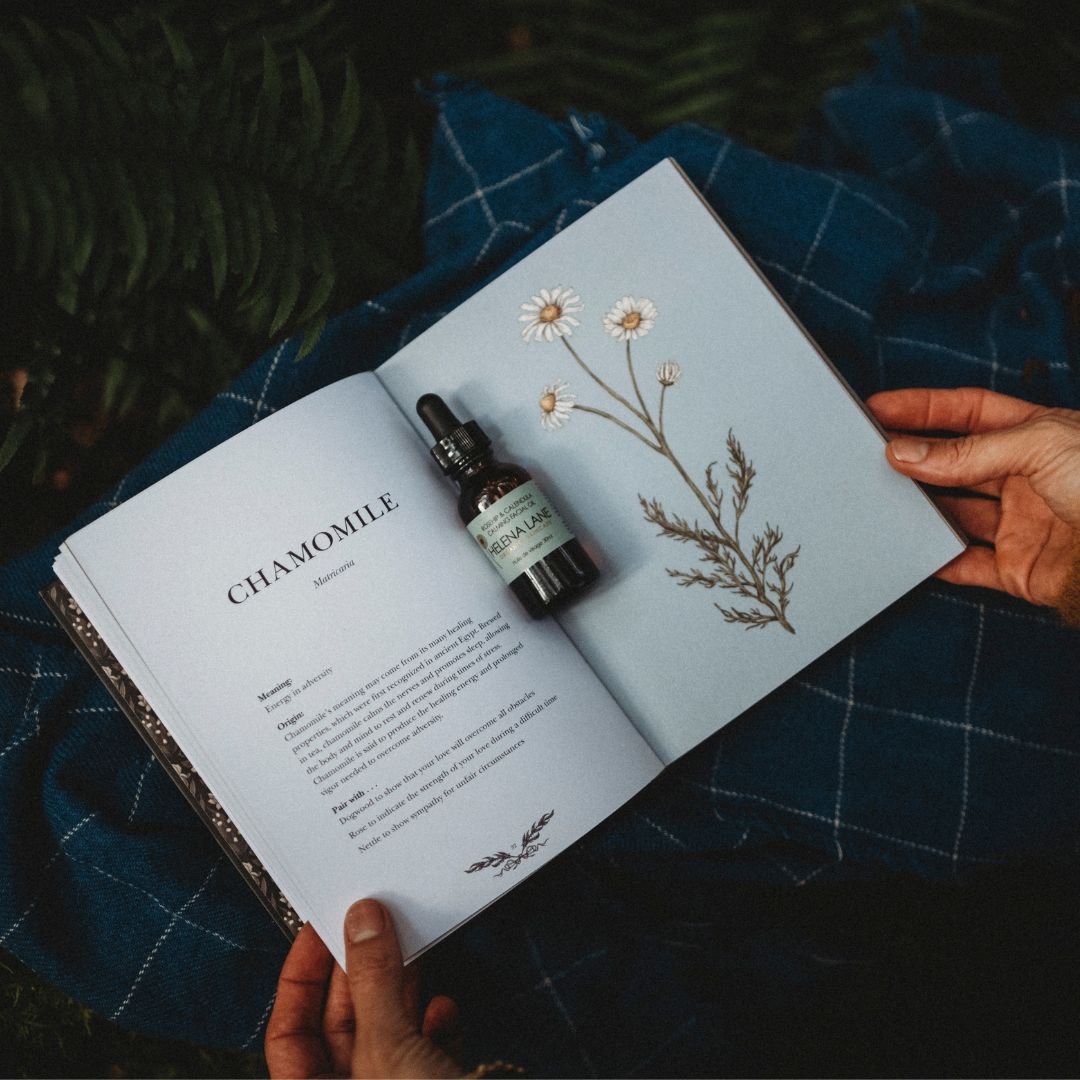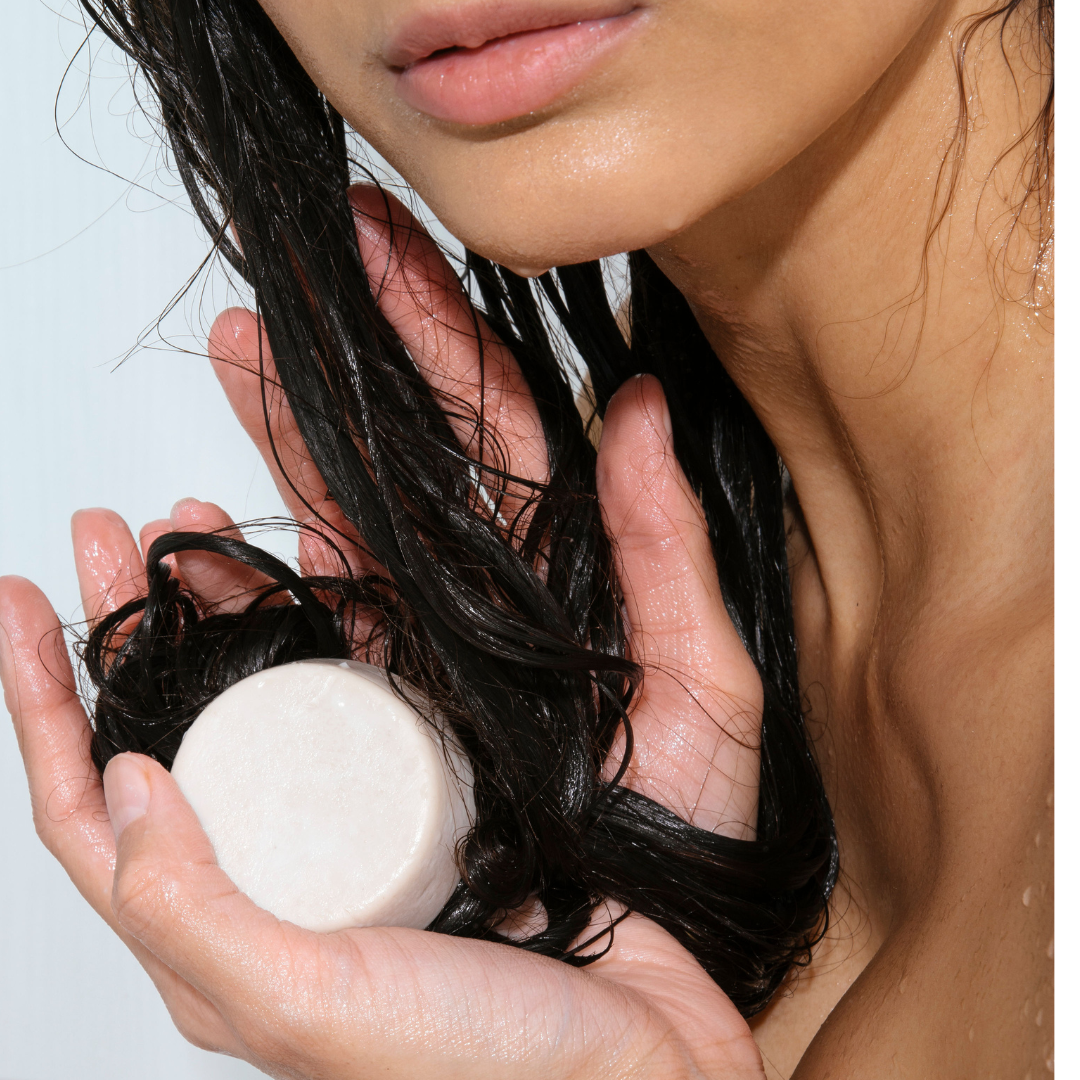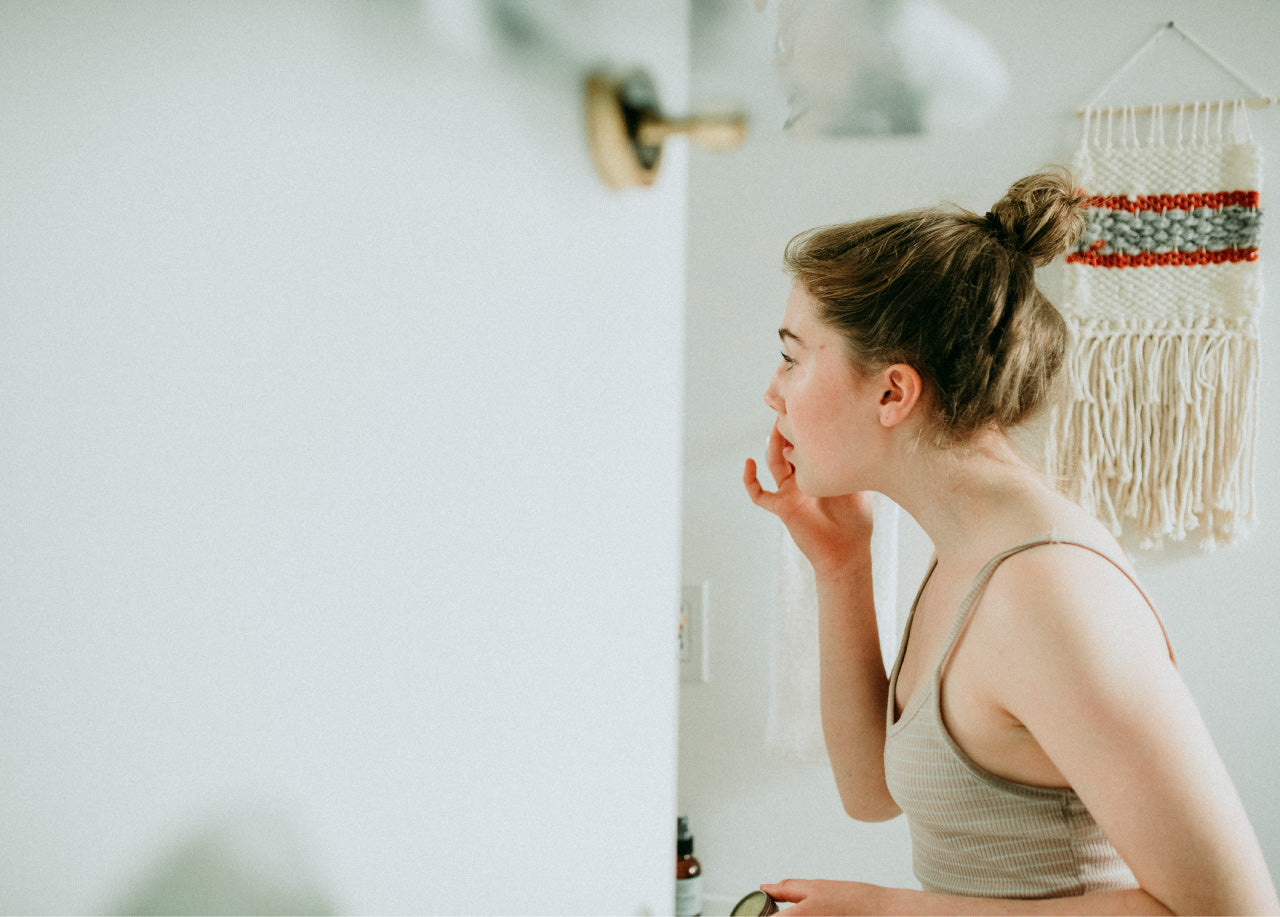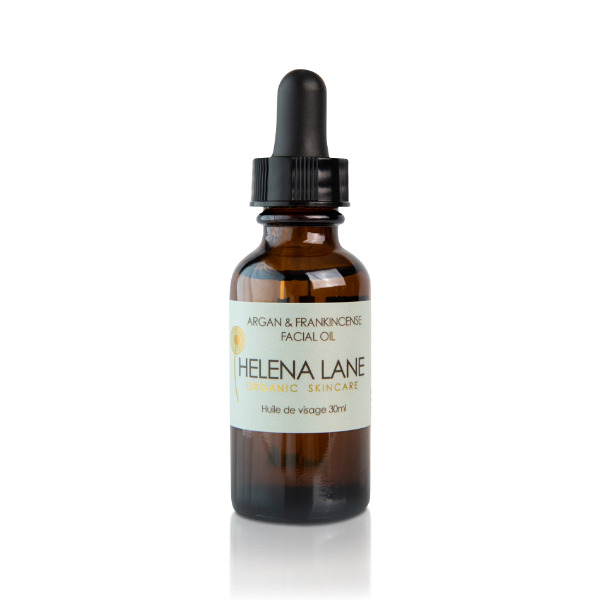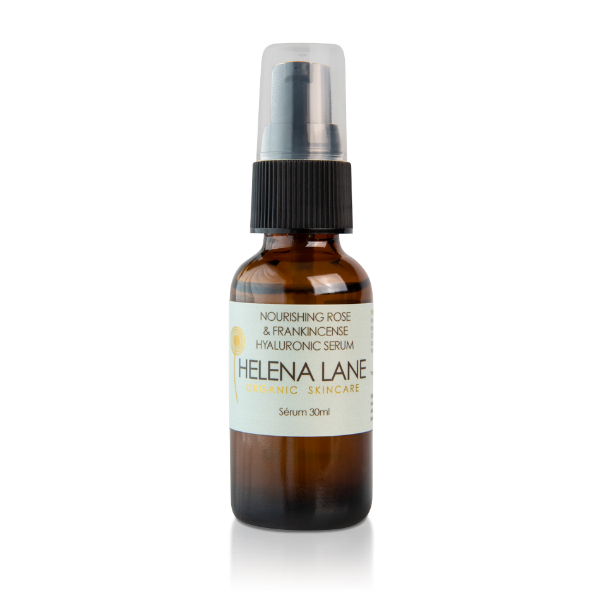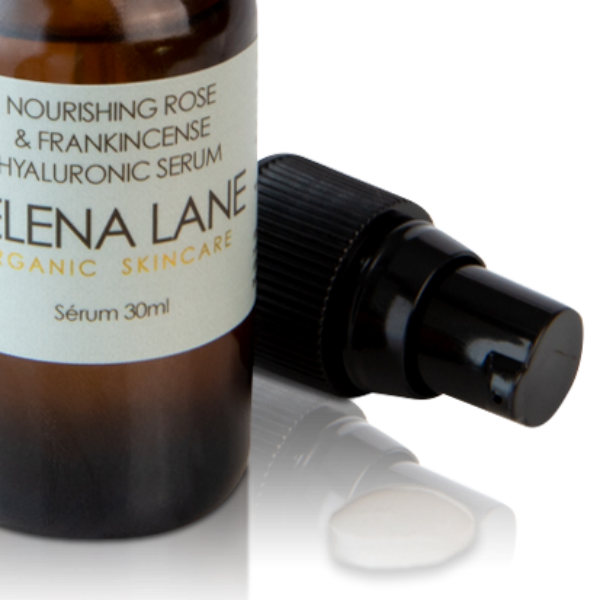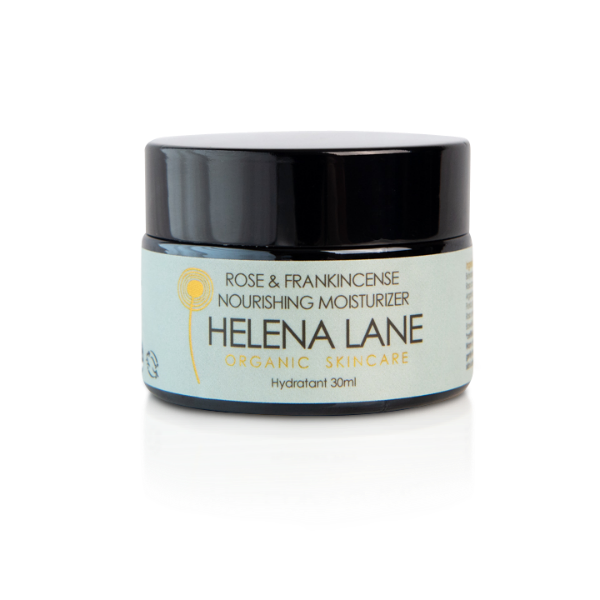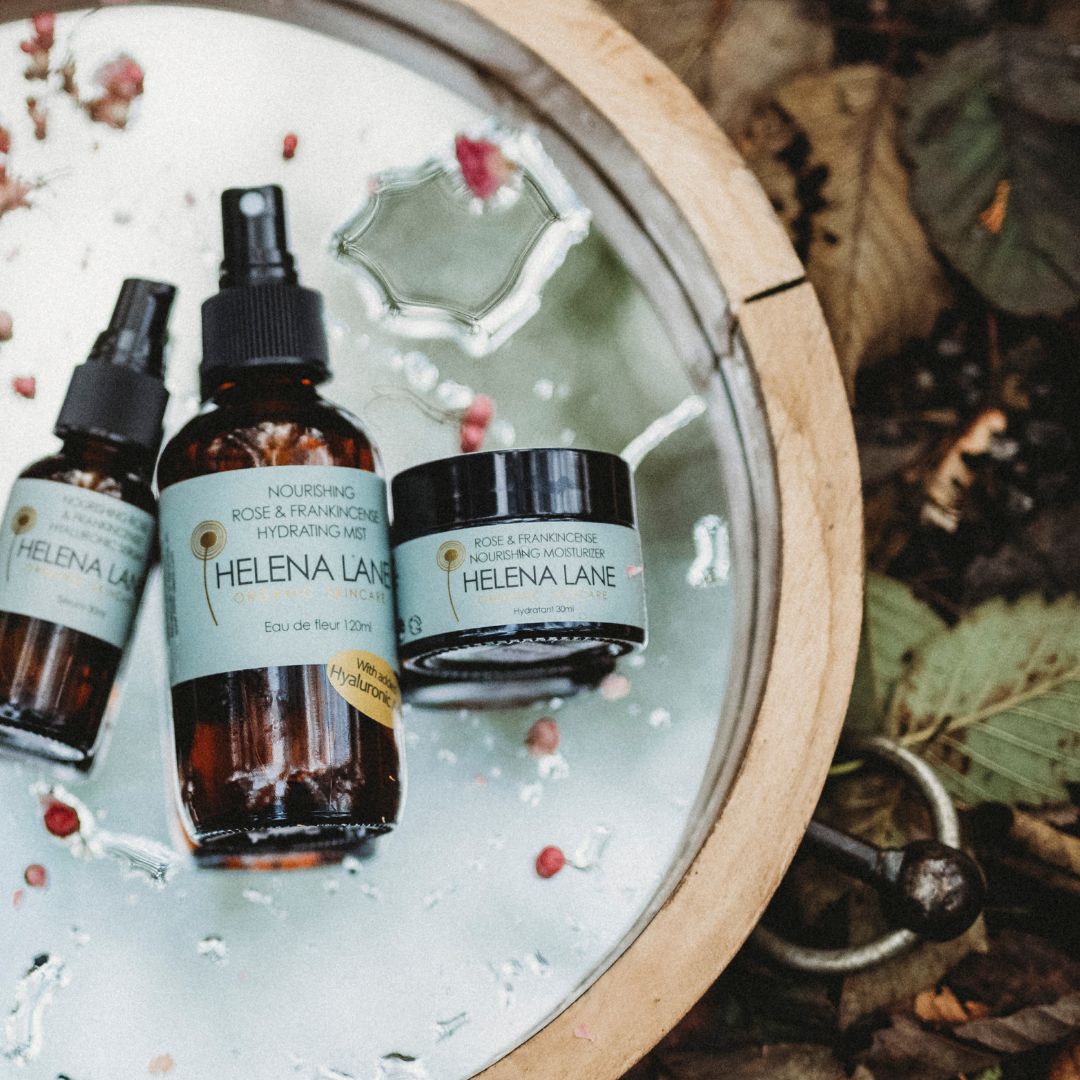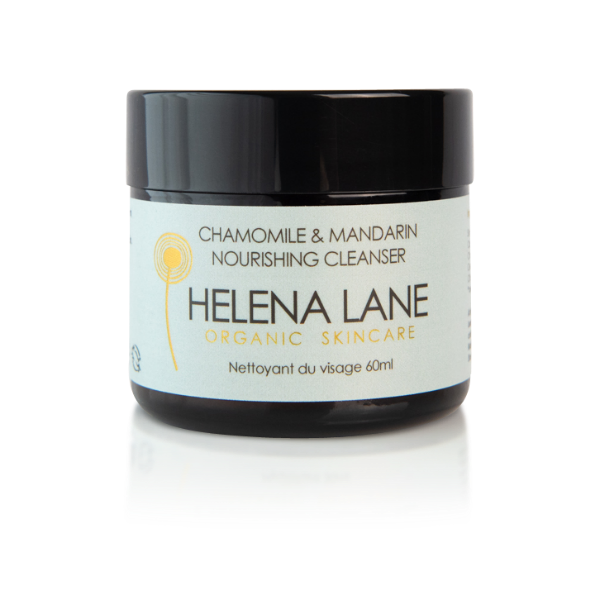
Hyaluronic Acid for all skin types and all seasons
Hyaluronic (hi-a-lur-onic) acid (HA), or sodium hyaluronate is now a widely known and well accepted skin care ingredient. It’s ability to hold up to 1000x its own weight in water and be absorbed readily through the surface of the skin is what makes it so great. Without it, it is incredibly hard to get useful amounts of water into the skin using topical products.
HA is found naturally in our skin, joints and eyes and like many other components of our body decreases as we age. So, it would make sense to focus on using HA in products aimed at mature skin. However, all skin types can benefit from the water boost HA gives.
Another way HA is used and highlighted is for use in cold winter months, but I want to explain that even in the summer HA has its benefits. Our skin cells are basically a fatty cell membrane with a plasma (water) core. If the plasma diminishes then the once plump skin cell becomes flaccid and less healthy. Nutrients cannot move effectively between the cells; waste products cannot be removed (cleansing/detoxification) and communication is severely hampered. Our cells communicate using tiny electrical currents, which need the plump plasma (water) to pass through, if the plasma is not healthy and abundant the communication is disrupted. These are the messages that tell our skin how and when and where to heal and regenerate.
All skin types need nutrients and detoxification, and all skin types need communication to be effective to be healthy. This is why all skin types can benefit from using products which contain HA. Using HA in our skin care routine is the only way to increase water in our surface skin cells. Drinking lots of water certainly helps but it rarely gets right to the surface.
Hyaluronic Acid for dry, dehydrated and mature skin.
As mentioned, our natural HA reserves and production diminish as we age. Therefore, our skin becomes, drier, less firm (wrinkles) and dull, all typical signs of aging skin. It is well known that the decrease in water in our whole body is a major contributing factor in aging so applying HA topically can really help to keep our skin plump, radiant smooth and healthy. Ensuring our skin gets the nutrients it needs and is able to heal and regenerate effectively is also key to keeping our skin looking great.
Hyaluronic Acid for acne, hormonal acne and oily skin.
Although oily skin may not appear dry, it is often dehydrated. Dehydrated skin cannot cleanse and detoxify itself effectively, it cannot receive the nutrients it needs and cannot regenerate new healthier cells. All these contribute to breakouts, excess oil and dull, lifeless skin. Adding a boost of surface water can help the skin to flush out the excess oil and cleanse itself.
Hyaluronic Acid for damaged and irritated skin such as eczema and rosacea.
I am reading and seeing more and more creams, formulated specifically for eczema type skins, containing HA. It makes sense as these skin conditions are often very dry and struggle to hold onto water due to the surface skin cells being so damaged. For all the same reasons, of nutrients, cleansing and communication, HA is really valuable in healing these more sensitive skin issues too. I do recommend choosing the product carefully as these skin types can be particularly sensitive to other ingredients so check for synthetic fragrances and preservatives which are often the most irritating.
Hyaluronic Acid for scarring.
I wanted to add this as a separate section as scarring can be caused by different things (acne, injury etc.) but will all benefit from the water boost HA can give it. Layered with oils best known for scarring (rosehip seed, argan etc.) HA can really speed up the process of cell regeneration.
When creating skin formulations using HA it needs to be mixed with water or a water-based ingredient. I chose to mix the HA with plant hydrosols (flower waters) to enhance the function with the properties of the plants. This is how and why I have a HA serum created for each of my collections; Nourishing, Balancing and Calming. You can read about the plants I chose and the different serums via the links below.
All these serums are best layered under an oil-based product, such as a facial oil or moisturizer, or mixed with the oil before applying to the face.
Nourishing Rose & Frankincense Hyaluronic Serum
 Calming Chamomile & Rose Geranium Hyaluronic Serum
Calming Chamomile & Rose Geranium Hyaluronic Serum
Balancing Geranium & Lemon Verbena Hyaluronic Serum
Hyaluronic acid in the summer.
I have definitely promoted these serums more in the colder winter months when our skin loses water via evaporation much more. However, there are some great reasons to use HA during the warmer summer months too.
These serums are incredibly cooling and calming on the skin, partly due to this being the nature of water on the skin, and also due to the plant hydrosols used. After a day in the sun, our skin loves to drink in the extra hydration and is thankful for the cooling sensation.
I asked my friend Maria Velve, make-up artist and Green Beauty Expert what she loves most about using HA in the summer. She said not only does our skin love the calming and cooling after a day in the sun but it helps other skin care products (oils) absorb faster into the skin so you can proceed to make-up faster and it makes a wonderful make-up primer too!
Maria will be revealing her favourite clean make-up products in a blog post with me next month.

PIN THIS


